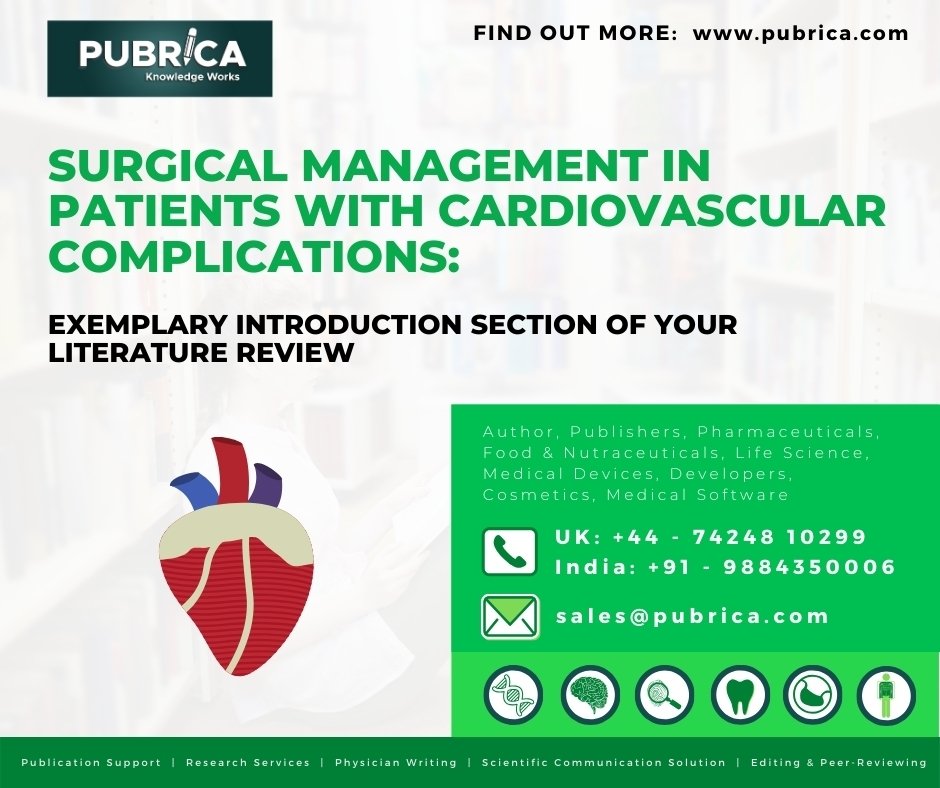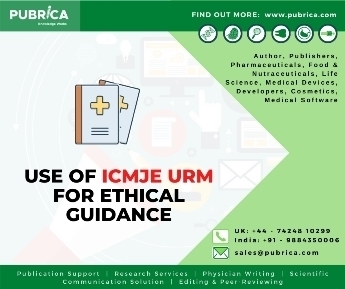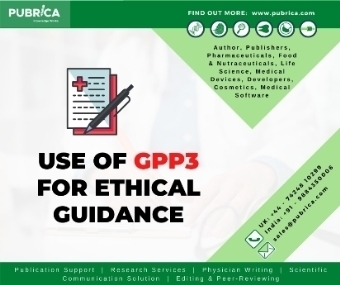
Research Proposal Focus: Cardiovascular and other disease biology – Recent Implantable (Diagnostic assays) cardioverter defibrillators (ICDs) that could prevent Cardiac death.
March 30, 2020
How to Write an Introduction section of your scientific manuscript:
April 7, 2020[Preparation of the background]
Surgical management of disease has a tremendous impact on our health system.Despite increasingly sophisticated management during the period of a patient’s surgical procedure; cardiovascular complications continue to be major challenges for the clinician. As a growing number of elderly patients with known coronary artery disease (CAD) or with risk factors for CAD are undergoing non-cardiac surgery, cardiovascular complications will remain a significant clinical problem in the future. The number says approximately 100 million adults undergo non-cardiac surgery worldwide yearly 1 and up to 40% of these patients have or are at risk of coronary artery disease (CAD) 2. Four million patients per year have been sketched to have a major perioperative cardiovascular complication, including cardiac death, non-fatal myocardial infarction or cardiac arrest 1. In high-risk patients, the incidence of major perioperative cardiac complications varies from 4 to 25 % depending on patient population and type of surgery 3-5.

Medical research studies have shown that15-25% 6-9of in-hospital mortality occurs due to perioperative myocardial infarction (PMI). The absence of primary symptoms in the perioperative period leads to the difficulty to detect PMI may be the major reason for these high mortality rates 10. It was reported that hardly only 14% of the patients with a PMI have typical chest pain and consequently 53% of the PMI will not be diagnosed if the physician relies only on symptoms or clinical signs 11.
Therefore,for detecting perioperative myocardial damage cardiac markers primarily called the cardiac-specific troponins are vital[Importance of the study]. Though, the appropriate cut-off levels for detecting myocardial damage using troponins in a surgical setting are debated. Elevated troponin with or without clinical or ECG signs of ischaemia are known to be associated with poor outcome both in patients with acute coronary syndrome12 as well as patients undergoing non-cardiac surgery13, 14.[Introduction to the review] This systematic review will provide information and recommendations based on current guidelines related to perioperative evaluation and management including perioperative cardiac risk evaluation and assessment of functional capacity, role of ancillary preoperative cardiac evaluation, recommendations related to perioperative medical therapy, perioperative cardiac intervention including management of patients with prior coronary intervention, perioperative anticoagulant therapy, intraoperative monitoring, and postoperative evaluation and management.
This blog has been contributed by Pubrica Expert.



